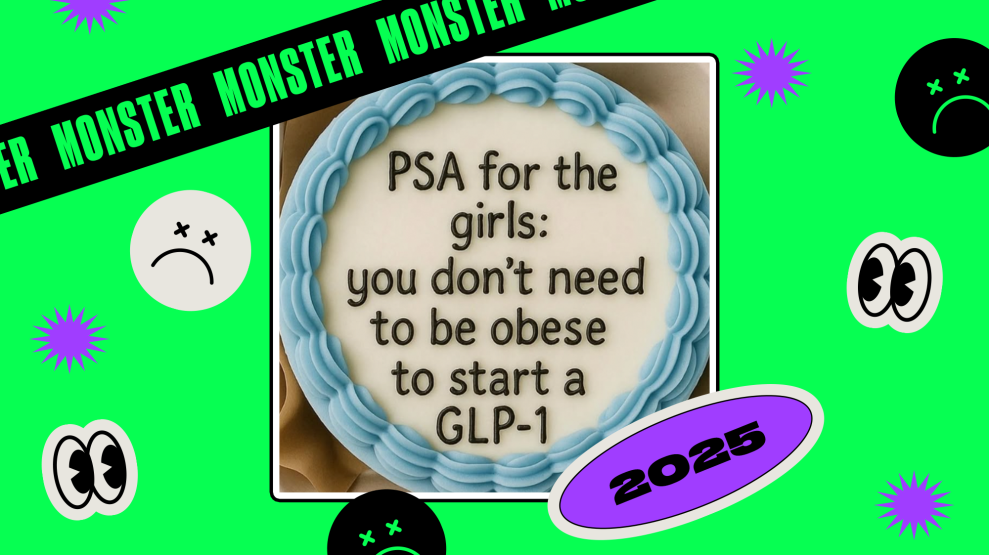A month ahead of the 50th anniversary of Brown v. Board of Education, historians, educators, politicians, and the press are appraising the legacy of Brown and the fortunes of minority students in public schools today. What they’ve found is that the achievements of Brown, which declared that the doctrine of “separate, but equal” didn’t pass constitutional muster, and mandated the racial integration of public school system, have been steadily reversed through a combination of court rulings and general inattention. Public schools are actually more segregated today than in the 1970s.
The Supreme Court’s decision in Brown v. Board of Education of Topeka, on May 17, 1954, was a landmark, putting an end to government-sanctioned segregation. And it has brought some enduring gains; the high school graduation rate for black students, for example, are up nearly 30 percent since 1967.
But in the last 20 or 30 years, “white flight” from cities and urban areas in the 1970s has undermined the push toward desegregation. The Supreme Court has ruled against Brown in the intervening years. One particular case, Milliken v. Bradley decision in 1974, which declared that the Detroit suburbs did not have to participate in desegregation plans even though white flight was clearly resegregating the schools in a regional manner. Justice Thurgood Marshall warned at the time that Milliken was “a giant step backwards.”
In recent years, the goal of racial integration enshrined in Brown has slipped down the list of priorities for educational reform. Angelo Ancheta, the legal director for the Civil Rights Project at Harvard University, writes in USA Today:
“Instead of being a national priority, desegregation has taken a back seat to high-stakes testing, school choice and vouchers, even though there’s little to show that minority students are learning more under the new policies. Many of today’s schools are as racially segregated as the schools of earlier decades, and districts that have abandoned court-monitored plans are quickly resegregating. At the same time, voluntary desegregation plans are being attacked as unconstitutional, achievement gaps are widening, and increasing numbers of Asian-American and Latino students – among the most segregated students in the country – have made the picture even more complex.”
Segregation in the school system is a fact. In 2000, 71 percent of minority students attended schools where they were in the majority. Minorities accounted for nearly 4 in 10 public school students. Nationally, 88 percent of schools that are less than 10 percent white are high-poverty schools. According to the Civil Rights Project, integration is now at a lower level than in the mid-1970s when busing programs were in full effect.
Poignantly, the average black or Hispanic graduates high school with skills on par with those of white eighth-graders. According to a report by the Civil Rights Project at Harvard and the Urban Institute, a liberal think tank, while 75 percent of white students graduated from high school in 2001, only 50 percent of all black students, 51 percent of Native American students, and 53 percent of all Hispanic students got a high school diploma in the same year.
Would a greater commitment to desegregation help even things out? Studies suggest just that. There tends to be a difference in quality between schools dominated by minorities and those with mostly white students. As Derrick Jackson of the Boston Globe writes, “if a quality school exists, white families will storm the doors down to hoard the spots.” An Op-Ed in USA Today explains why school quality is such an impediment to desegregation:
“Parents in suburban schools accustomed to strong teachers have a hard time imagining the low quality of teaching in poor districts. In schools serving affluent families, 70 percent of the students have teachers who majored in the subject they instruct and hold a teaching license in the topic. In schools where most kids are poor, that holds true for only half the students. Drawing on multiple studies, the non-profit Education Trust calculates that if students were assigned highly rated teachers for five years, test-score gaps separating poor and middle-class students would disappear.”
Studies show that all students benefit from attending racially diverse schools, and students who are deprived of the learning experiences that come with integration will be less prepared to enter an increasingly diverse workforce and society.
President Bush’s No Child Left Behind Act, passed in 2001, plays a mixed role in the problem. It attempts to close the gap by requiring top teachers in all core classes, higher annual achievement by students in all major groups, and other improvements. But critics argue that the law amounts to an unfunded mandate.
The Civil Rights/Urban report claims that NCLB also lets “schools, districts, and states [can] all but eliminate graduation rate accountability for minority subgroups.”
In a recent poll taken by the Associated Press, most Americans say that school integration has improved education for black students and that they prefer schools with an ethnic and racial mix.
Still, four in five Americans oppose sending students out of their community to achieve racial balance.
So, while most people agree that integration is the ideal situation, not many—and certainly not many well-off whites who can send their kids to the school of their choice as is—are willing to change.
Debra Dickerson reviewed two books on Brown by two of the nation’s premier civil-rights scholars and attorneys for the May/June issue of Mother Jones. Both conclude that perhaps “separate, but equal” is the answer for schools, so long as it means minority students are getting a good education.
Writes Dickerson:
“The notion of retreating from integration is blasphemous, unthinkable, inherently racist. Yet, it rings true, even as one sputters in protest at the heresy. Fifty years of culture wars notwithstanding, integration is still more rhetoric than reality, and it is the ever-neglected minority children who pay the price for our continued focus on this seemingly unattainable goal. Perhaps it’s time America cried “Uncle.” Racism won.
…
While Plessy-style segregation might have been psychologically harmful, even more so has been the fruitless, enervating quest to force, trick, or cajole whites into sharing their neighborhoods and classrooms.
…
Regardless, 50 years is a long enough experiment, and it’s time we accepted the obvious, as did W.E.B. DuBois in 1935: “Negro children needed neither segregated schools nor mixed schools. What they need is education.” Insane as it seems, perhaps embracing segregation—ensuring that separate truly is equal—will make all the difference.”
















